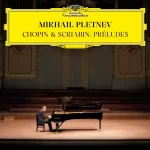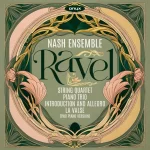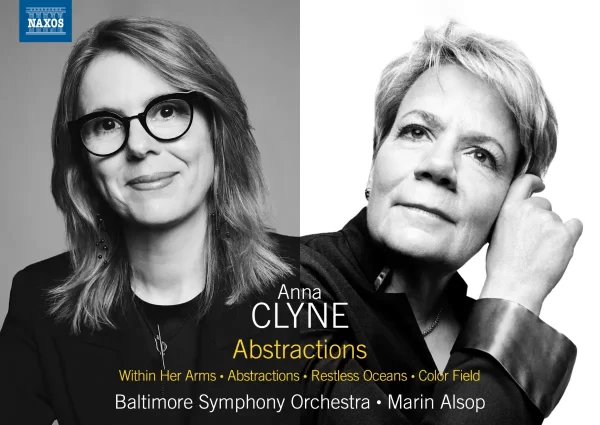Introducing a child to any aspect of the arts or literature can throw open the doors to a life-long love of culture. If we remember our favorite teacher first speaking with love and enthusiasm for a particular poem or piece of music, that passion becomes infectious and sparks a never-ending trail of discovery. Music can spark the imagination and trigger creativity, as well as engaging the mind, body, and soul. Introducing children to classical music can break down the barriers they develop later in life.
Classical music For Children – Where to begin?
There are a number of excellent classical music pieces for children to begin with. For younger children, aged around 5-7, Prokofiev’s Peter and The Wolf is an ideal introduction to the instruments of the orchestra. A worthwhile investment is Naxos’ recording with Dame Edna Everage. Narrating the story with her own unique style, she brings a sense of comedic drama. Complementing this is Poulenc’s “L’histoire de Babar” and Britten’s “Young Person’s Guide to the Orchestra”. In her narration of the Britten, she brings the piece alive in a lighthearted and informative way, which is thoroughly enjoyable.
Saint-Saens’ “Carnival of the Animals” is another wonderful starting point to classical music for children. These character pieces do not have the same varied instrumentation as the others, but there is much innovation that brings the music to life. ‘Superstars’ classical musicians, pianist Martha Argerich with Nelson Freire, Gidon Kremer and Mischa Maisky deliver a memorable and entertaining performance.
A recent addition to the catalog was “Not Now Bernard”. This collection of three stories, narrated by Alexander Armstrong, provides a different starting point. The music helps to tell the stories in an imaginative and comical way, and includes the odd musical joke for the parents.
Classical music For Children – Spark the Imagination
Many children of a certain generation will remember Disney’s timeless classic “Fantasia”, a film that was an introduction to classical music for children for that generation, but still immensely enjoyable and worth having. The music from the most famous scene with Mickey Mouse is Dukas’ “Sorcerer’s Apprentice”. Kent Nagano’s album ‘Danse Macabre’ opens with this piece and contains other dark works. The choice of repertoire is all slightly sinister, but they have a narrative which engages children’s imagination, such as Mussorgsky’s “A Night On The Bare Mountain”, and the album’s namesake from Saint-Saens.
Mendelssohn’s incidental music to “A Midsummer Night’s Dream” contains wonderfully evocative music — the overture, scherzo and wedding march, to mention a few. Written to accompany Shakespeare’s comedy, the story tells of the mischief caused by Puck, the jester of Oberon — the king of the fairies. The orchestral writing is vivid and colorful and showcases the orchestra in different ways to Prokofiev’s “Peter and the Wolf”, but builds very much from Britten’s “A Young Person’s Guide”. The recording made by Seiji Ozawa with the Boston Symphony Orchestra is brimming with magic. Judy Dench’s narration between some of the movements enhances the entire experience with some carefully chosen text.
For any budding ballerina, or as a piece of classical music for children, Tchaikovsky’s “The Nutcracker” is another easily accessible introduction. Taking the story of Clara into The Land of Sweets, this magical tail is a core repertoire to most ballet companies. Like all three of Tchaikovsky’s ballets, the music is full of memorable, familiar and recognizable pieces which are captivating from beginning to end. The orchestral suite performed by Mstislav Rostropovich with the Berlin Philharmonic Orchestra is the place to start. Completing the rest of the album are further selections from “Swan Lake” and “The Sleeping Beauty”. Simon Rattle’s complete performance with the Berliner Philharmoniker is highly polished; a straightforward interpretation with playing of the highest caliber, from one of the world’s finest orchestras.
Classical music For Children – Where next?
There are a number of other pieces that go in various directions and can initially be sampled selectively, but after repeated listens can be enjoyed as complete performances. Holst’s “The Planets” contains a number of very memorable pieces, perhaps better suitable for children with interest in astronomy. From this cycle, “Mars”, “Mercury” and “Jupiter” are certainly the movements to start with. More concerned with the mythological characters of the gods rather than the planets, these are wonderful orchestral showpieces. From the many available versions, Sir Andrew Davis’ performance with the BBC Philharmonic on top form, has rarely been surpassed.
Rimski-Korsakov’s “Scheherazade” is a piece which never fails to capture the imagination of slightly older children. Based on a story from “a Thousand and One Nights”, “The Sea and Sinbad’s Ship” — the opening movement is highly evocative, its swells and colors create a vivid orchestral showpiece. Marris Janson’s acclaimed recording pairs it with Mussorgsky’s “Pictures at an Exhibition”, with its imaginary tour around an art gallery. The album can provide parents with some wonderful talking points, especially on a rainy day.

What is your favorite classical music for children? Join our social media channels and let us know.
Albums are Included with an Apple Music subscription:
Latest Classical Music Posts
- 3 Best Wireless Headphones For Classical Music – 2026
- Review: Bach – Cantatas BWV 4, 106, 131 – Ensemble Correspondances, Sébastien Daucé
- Review: Mahler – Symphony No. 7 – National Symphony Orchestra – Gianandrea Noseda
- Review: Scriabin & Chopin – 24 Preludes – Mikhail Pletnev, Piano (2025)
- Year In Review – The 10 Most Read Classical Music Reviews of 2025
- Review: Ravel – Nash Ensemble
Read more classical music reviews or visit The Classic Review Amazon store
Follow Us and Comment:
[wd_hustle id=”HustlePostEmbed” type=”embedded”]

















